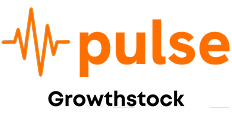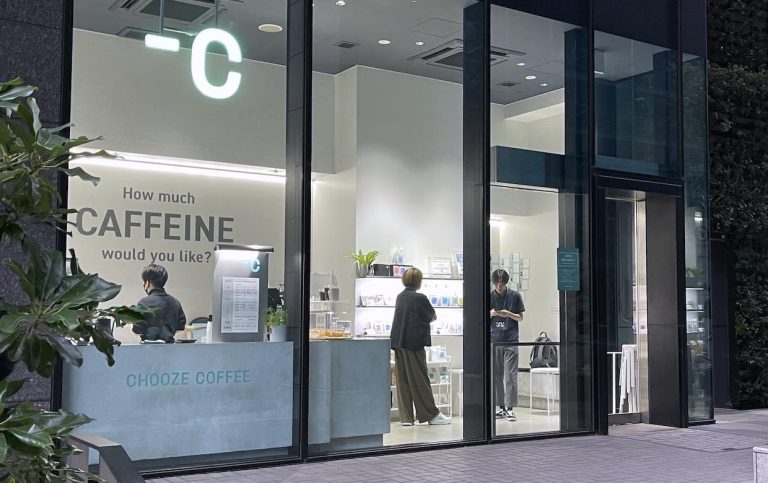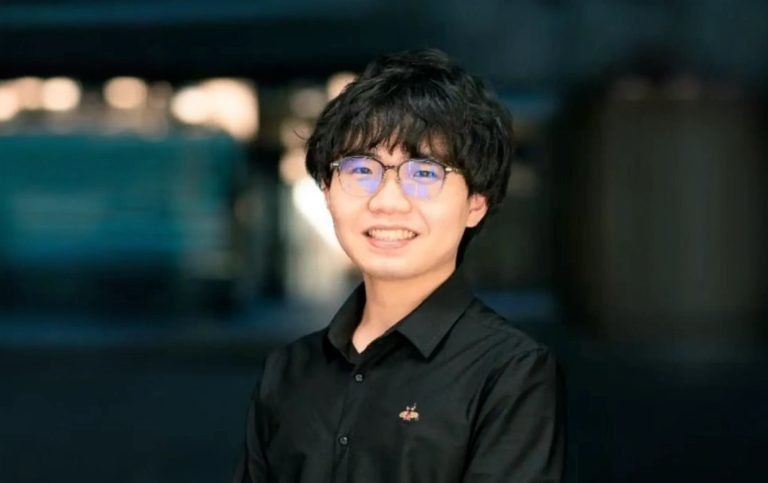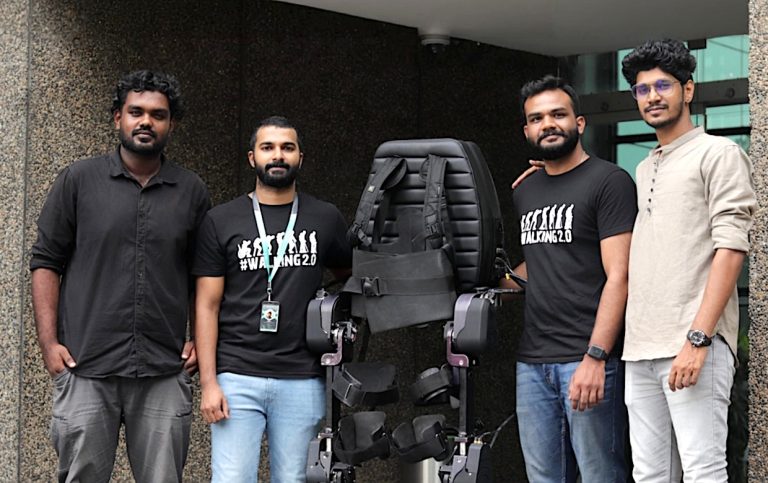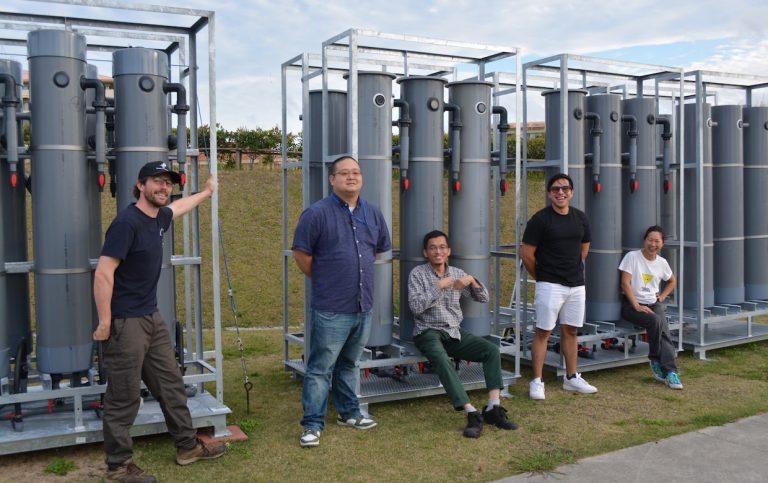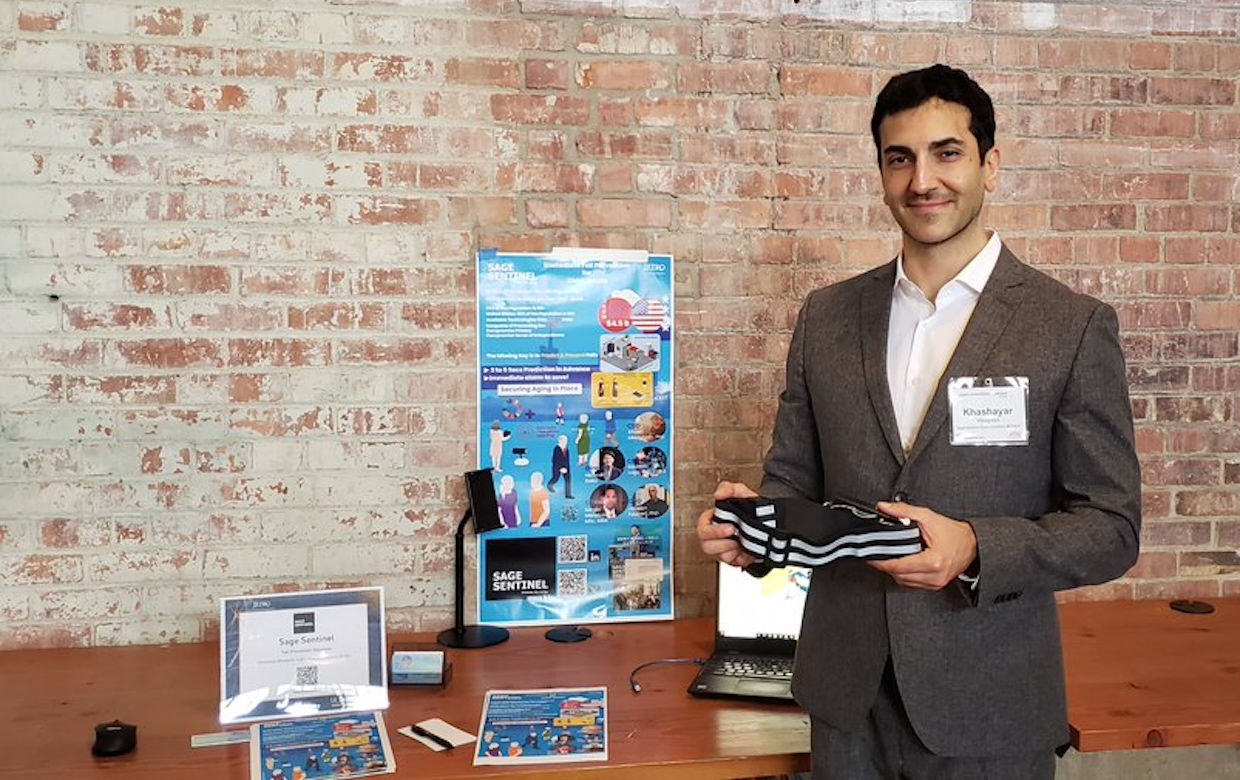
In Japan’s rapidly aging society, elderly falls have become a serious social problem. According to Ministry of Health, Labour and Welfare statistics, deaths from falls are increasing year by year, presenting a major challenge in caregiving settings. Falls are not merely accidents but are recognized as significant risk factors that lead to long-term care dependency and a marked decline in quality of life. In fact, falls and tumbles are the leading cause of accidental death among those 65 and older, with impacts extending beyond the individual to affect families and society as a whole.
Traditional fall prevention strategies have primarily focused on post-fall responses. These include fall detection systems for rapid notification, protective equipment to minimize injuries, and post-fall rehabilitation—all reactive approaches centered on what happens after a fall occurs. While long-term prevention measures such as exercise programs and home environment modifications are also promoted, these take time to show preventive effects, and fall accidents that cannot be prevented continue to occur.
Against this backdrop, a startup emerging from the Okinawa Institute of Science and Technology Graduate University (OIST), Sage Sentinel, is gaining attention for its revolutionary approach of “preventing falls before they happen.” The company has developed technology that detects danger 3-5 seconds before a fall occurs and issues warnings through wearable devices, preventing the fall itself. This represents a groundbreaking initiative that signifies a fundamental paradigm shift from traditional “post-fall response” to “pre-fall prevention.”
The company’s technology uses AI and machine learning-powered prediction algorithms to detect fall indicators in advance from human movement patterns. This concept of “immediate fall prevention” fills a gap that previous fall prevention measures could not address, earning significant expectations from the medical and caregiving industries.
The “Last Piece” of Fall Prevention
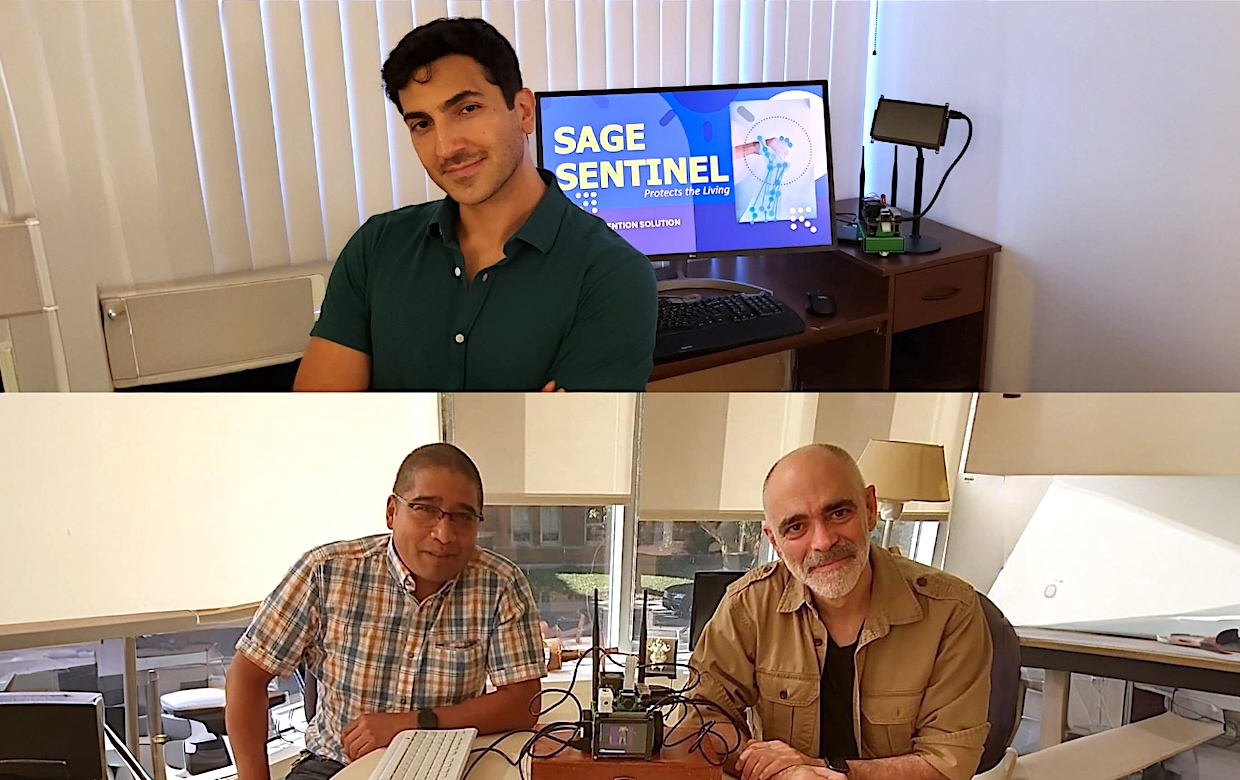
Photo credit: Sage Sentinel
Sage Sentinel’s CEO, Khashayar Misaghian, has a clear vision for his company’s mission.
There’s a landscape of fall solutions available for older adults. However, one piece is missing from the range of offered solutions, and that piece is immediate fall prevention. This means that if nothing works at the last minute, we must have one final contingency to save them. We must not just allow that to happen and then help them after they fall and call for help.
We predict the fall three to five seconds before it happens, and we send them a vibrotactile signal to let them perceive that they have to abort whatever they’re doing. If they’re moving, they must not take the next step. If they’re about to sit, they must wait for a few seconds, then try again if they want to climb the stairs. Again, they must wait a couple of seconds and then try. (Misaghian)
This technological approach represents a fundamental paradigm shift from traditional “post-fall response” to “pre-fall prevention.” While fall detection systems focus on “how quickly to call for help after someone has fallen,” Sage Sentinel tackles the entirely different challenge of “how to stop them before they fall.”
The scientific foundation of the company’s technology lies in advanced neuroscience research at the University of Montreal. During his doctoral studies, Misaghian worked in the field of “immediate human action prediction,” which aimed to predict human actions 3-5 seconds in advance based on brain activity. This research sought to understand abilities such as predicting where a soccer ball will land before a player kicks it, or reading ball trajectories before a batter swings.
What’s crucial in applying this prediction technology to fall prevention is that human movements follow certain patterns, and movements leading to falls also have characteristic precursors. In normal walking, weight shifting and foot placement occur in coordination, but when a fall is imminent, there’s a moment when this coordination breaks down. The company’s AI detects these minute changes and judges the possibility of a fall in advance.
The scientific validity of this technology has been confirmed through rigorous testing using K-fold cross-validation methods, with overfitting risks eliminated. While the algorithm was initially developed through motion extraction from video data, it has now transitioned to direct motion data acquisition from wearable sensors while maintaining equivalent prediction accuracy.
From Personal Tragedy to Japan
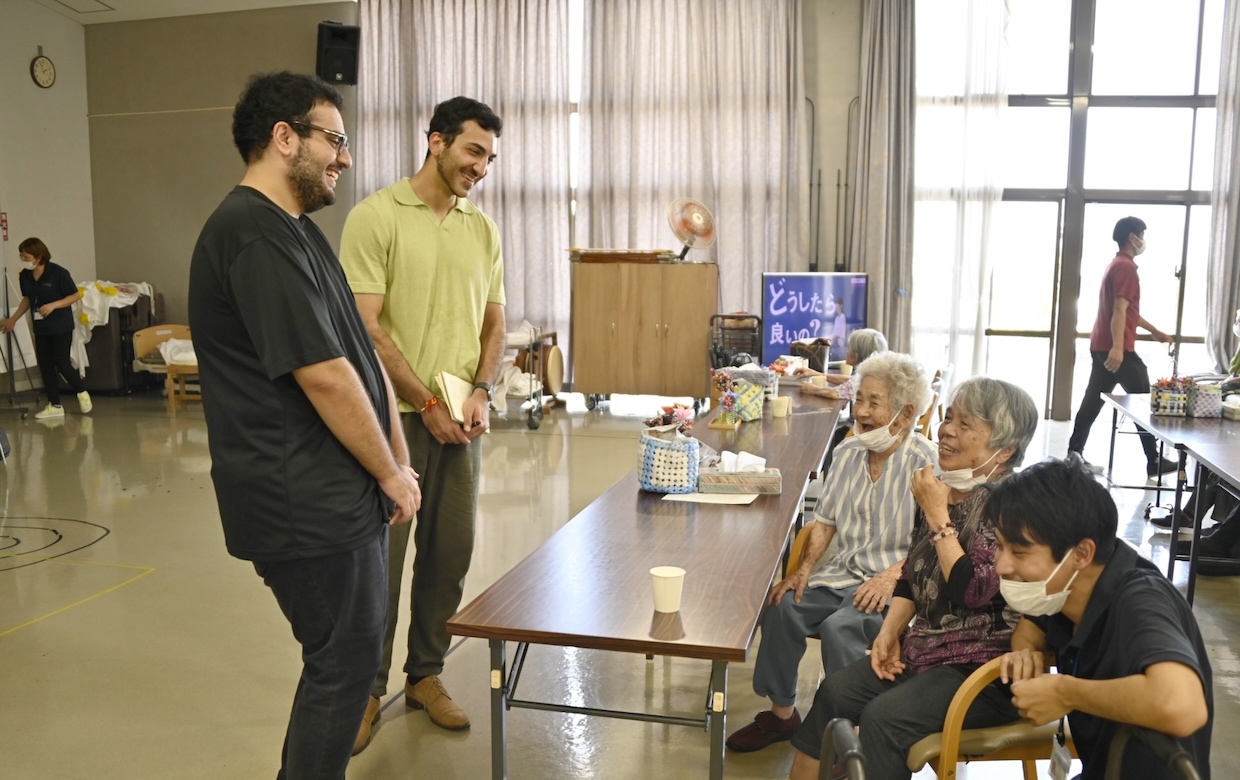
Photo credit: OIST
Misaghian’s commitment to developing this technology stems from painful personal experiences. While pursuing his doctoral studies at the University of Montreal’s psychophysics laboratory, he regularly witnessed his supervising professor’s deep depression in the lab when the professor’s 85-year-old mother suffered frequent falls. The professor was clearly melancholic and unable to concentrate for days at a time.
Meanwhile, I personally shared the similar experience of losing my great grandma falling in the shower and unfortunately she was burned under the hot water and she lost her life because of it.
We can literally use this technology to predict when fall happens. It’s not very complicated to do that because when I’m talking about action prediction, we’re talking about way more complicated scenarios like predicting exactly where the ball lands from the movement of the body before they kick the ball. So predicting if somebody’s falling or not is actually simpler.” (Misaghian)
These experiences converged around 2018-2019, when Misaghian realized he could apply his motion prediction technology to fall prevention. While sports action prediction is a sophisticated technology that reads the next action from minute body movements of opposing players, fall prediction is a simpler binary decision (safe or dangerous), making the technical hurdle relatively lower.
While many Western entrepreneurs choose to incorporate in the United States, Misaghian’s choice of Japan was based on clear strategic judgment. The opportunity arose in 2019 when his supervising professor was invited to OIST to speak about technology transfer. The professor already had experience commercializing cognitive improvement software called Cognisense and was invited as a technology transfer expert.
After the lecture, OIST representatives proposed that they apply for their startup acceleration program. In 2020, despite COVID-19’s impact forcing remote participation, Misaghian was accepted after five rigorous interviews. The proof-of-concept was successful, and when faced with the choice of incorporation upon program completion, Misaghian decided to start his business in Japan.
This decision was based on deep analysis of Japan’s aging situation and technology acceptance. Japan is the world’s most aged society, with people 65 and older comprising approximately 30% of the total population as of 2023. Additionally, approximately 13,000 severe falls each year result in emergency hospitalizations, and around 6,000 falls lead to death, imposing immeasurable social costs. Under these circumstances, he judged that the need for truly effective fall prevention technology was extremely high.
Furthermore, Japan has a culture with high acceptance of new technologies, particularly robotics and AI technologies. Even elderly people have relatively little psychological resistance to using new devices and tend to actively adopt them once effectiveness is proven. This was a distinctive characteristic compared to Western countries.
“Japanese Quality”, System Design
Misaghian positions the concept of “Japanese quality” at the core of his business strategy.
For example, one person told me, bring me a Japanese-looking product with all the quality of a Japanese product. I’ll introduce you to a lot of investors in the US. This is just a story, but it aligns with our mission to develop an innovative, high-quality, high-precision product, just like how the Japanese brand is characterized.
Raising money in Japan is a different story. It has a lot of challenges. But it doesn’t mean raising and operating in the US is all rainbows and ice cream. For example, expenses are higher; if you want to run a pilot or hire somebody, you must spend more money. Also, right at the time that we started, software was the primary focus of most Silicon Valley investors, and we were not on that trend. (Misaghian)
This philosophy permeates every aspect of product development. For sensor accuracy, the goal is to achieve medical-grade performance with consumer-grade components. For algorithmic precision, the focus is on minimizing false positive rates to the extreme. Too many false positives would cause users to lose trust in the system and potentially ignore warnings when truly dangerous situations arise.
The company’s technology development has experienced a major technological turning point. The initial system was a camera-based approach that built a database of videos of people falling and extracted motion patterns to construct prediction models. In this method, fall videos collected from people over 65 with various physiques and health conditions and from different places helped the machine learning algorithm extract and learn characteristics of movements leading to falls.
With the camera system, we were not looking at the environment, the floor, or the RGB stream of images, but the motion signals extracted from the videos. Now, we collect the motion data from the motion capture belt, positioning it strategically on the body. Therefore, the same algorithm is being used right now. The difference is the method we use to measure the movement.
There’s a downside to it, though; they have to wear the belt! With the camera system, there’s no need to wear a wearable. So there is a compromise here, in exchange for complete privacy, being protected outside of the house, easy installation, and avoiding the hustle of camera installation and maintenance. Privacy and more freedom on top of affordability. (Misaghian)
However, practical implementation required fundamental reconsideration from privacy, convenience, and cost perspectives. Camera-based systems faced challenges including psychological resistance to installing cameras in homes, complexity of installation and maintenance, and privacy concerns. Particularly, camera installation in high fall-risk areas like bathrooms and toilets was unrealistic.
The transition to the current wearable-based system was not a technological compromise but rather an evolution. By directly acquiring motion data from belts positioned at strategic body locations (waist area), more accurate and continuous monitoring became possible.
Sage Sentinel’s system is designed with the premise that it’s a critical application involving human life. The product consists of two main components: a belt and smartphone app for fall prevention, and a cloud dashboard for long-term risk assessment. The most important part of AI, the fall prediction AI, is implemented locally within the smartphone, with a design that doesn’t depend on internet connectivity.
Additionally, the system incorporates multiple redundancies. Since situations where users forget their smartphones or batteries die occur frequently, a lightweight version of AI is also implemented within the belt. The comprehensive version of the belt system (Those sensors will be added to the current version) can acquire comprehensive health indicators including heart rate, body hydration, and body temperature beyond the motion data needed for fall prediction. All of these are realized using consumer-grade components equivalent to those in smartwatches.
Tailored Technology for Every User
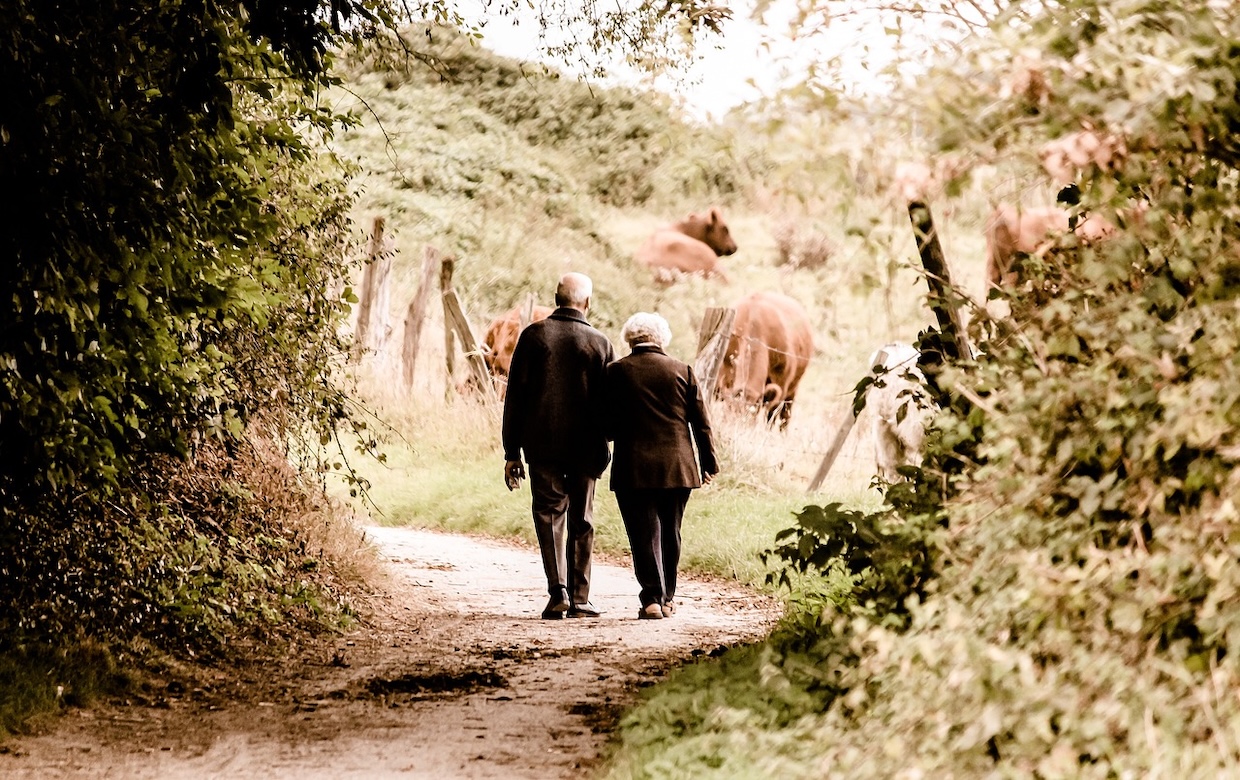
Sage Sentinel’s true innovation lies in its ability to respond to diverse user groups with different health conditions. Misaghian has classified users into three main categories and developed intervention methods optimized for each. This individualized response approach is an unprecedented innovative initiative in the field of fall prevention technology.
For healthy aging elderly individuals, both cognitive and motor functions are relatively well maintained. This group can recognize low-frequency vibration warnings within a maximum of one second. Even after subtracting the one-second recognition time from the 3-5 second prediction window, 2-4 seconds of response time can be secured. For this group, vibration stimulation to sensitive areas of the front body is most effective.
However, the use of acoustic warnings is intentionally avoided. Sound would reveal to surrounding people that the device is being used, raising concerns that users might feel they have “lost independence.” Vibration is a completely private warning method that only the user notices. This consideration is an important element in preserving elderly dignity.
Responding to patients in early stages of dementia requires more complex technical challenges. The main problem for patients at this stage is decreased lucidity, where various signals from the environment may arrive but cannot be correctly received and processed.
To address this challenge, the company has developed an ingenious solution applying the latest neuroscience research findings. Research has shown that even people with advanced cognitive decline can gain reference points to the world and recognize danger, achieving temporary lucidity when receiving simultaneous tactile stimulation at multiple body locations.
This involves creating multiple points of physical contact on the body, similar to when someone is touched or embraced, providing a reference to the world that helps them recognize danger. This artificially creates sensations of “being touched” or “being shaken,” providing a moment of lucidity where the “stop” warning can be understood.
For Parkinson’s disease patients, the challenge is not recognition but motor control. They can recognize vibrations and understand the need to stop, but tremors prevent them from executing intended movements. For this patient group, an innovative approach involving intervention at the neurotransmitter level is adopted.
Research exists on sensory inputs that enhance dopamine circuits in short periods, and it has been scientifically proven that specific noises, music, and sensory inputs can temporarily promote dopamine uptake. This technology can artificially create seconds of motor resolution equivalent to healthy individuals.
This individualized approach to the three categories forms the core of the company’s technological advantage. The ability to respond to diverse health conditions with a single device establishes competitive superiority in the market.
Expanding Horizons of Prevention
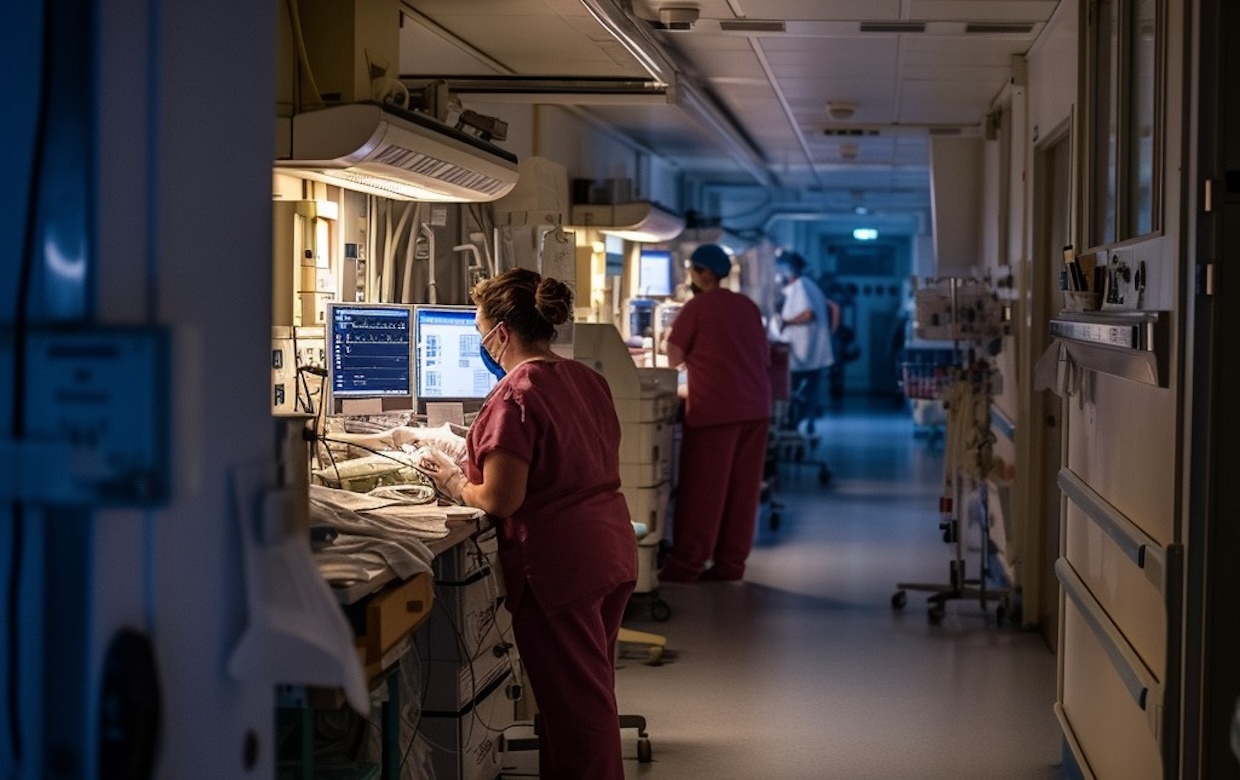
Sage Sentinel’s technology has application possibilities that far exceed its original focus on elderly fall prevention. Currently, pilot studies are underway in multiple fields, each showing promising results.
The most actively pursued is a pilot demonstration for nighttime shift patients at hospitals in Okinawa Prefecture. During nighttime, nursing staff numbers are reduced to less than half of daytime levels, while recovering patients remain at high fall risk due to medication effects and post-surgical physical function decline.
We are actively being pursued to run a pilot in the night shift of hospitals in Okinawa. And this has been very well welcomed by the doctors because the problem with the night shift is people are still not recovered, but there’s not enough nurse and human resources at the night shift. This would help the understaffed nightshift nurses to safeguard all the patients.
There are other applications, for example, for pregnant women. Also, there is another application which would be the rehab for post stroke recovery. And if you look at our data, we definitely show that our product acts as like a teaching device because of the reinforcement feedback. It’s biofeedback. (Misaghian)
This program has received high evaluation from physicians. Nighttime falls significantly delay patient recovery and can cause serious complications (head injuries, fractures) that may be life-threatening, making prevention the best treatment approach. Additionally, additional medical costs and extended hospital stays due to nighttime falls are important issues from a hospital management perspective.
Application to pregnant women also holds surprisingly significant potential. During the nine months of pregnancy, the body undergoes dramatic changes, but the cognitive system may not adequately adapt to these changes. Due to weight gain, center of gravity shifts, and joint laxity, steps that were previously safe may no longer be safe.
In post-stroke rehabilitation fields, active therapeutic effects beyond fall prevention have been confirmed. Stroke patients need to construct new neural pathways to recover motor function, a process that typically takes months to years. The company’s system also functions as an educational device that accelerates this process.
This effect is based on biofeedback principles. By providing real-time feedback, patients can learn correct movement patterns more quickly. Traditional rehabilitation involves physical therapists visually assessing movements and providing guidance, but this is limited to several sessions per week.
The company’s system provides 24-hour continuous monitoring with immediate feedback on even slight improvements. This is expected to improve patient motivation and learning efficiency.
Actual pilot data shows that all patients using the system demonstrated improvements in spatial navigation smoothness and walking pace. Improvement begins from the moment feedback is received. An interesting side effect is the promotion of unconscious learning through long-term use.
Repeated feedback functions as a reinforcement learning agent that strengthens learning at the subconscious level, allowing users to develop safer movement patterns without conscious effort. This is based on neuroplasticity principles, technically supporting the process by which the brain learns and establishes new movement patterns.
Other application fields under consideration include worker safety management at construction sites and factories, fall prevention during high-altitude work, and injury prevention for athletes. The company’s technology is highly versatile, predicting danger from human movement patterns, making it applicable to risks beyond falls.
Adaptation to Japan’s Long-Term Care Insurance (LTCI) system is also an extremely important element in business strategy. Precedents exist where subsidies have been granted for technologies that improve elderly life quality, including flexible flooring for fall prevention, radar detection systems for private vital sign monitoring during sleep, and walking assistance robots.
Building Trust in a Crowded Market
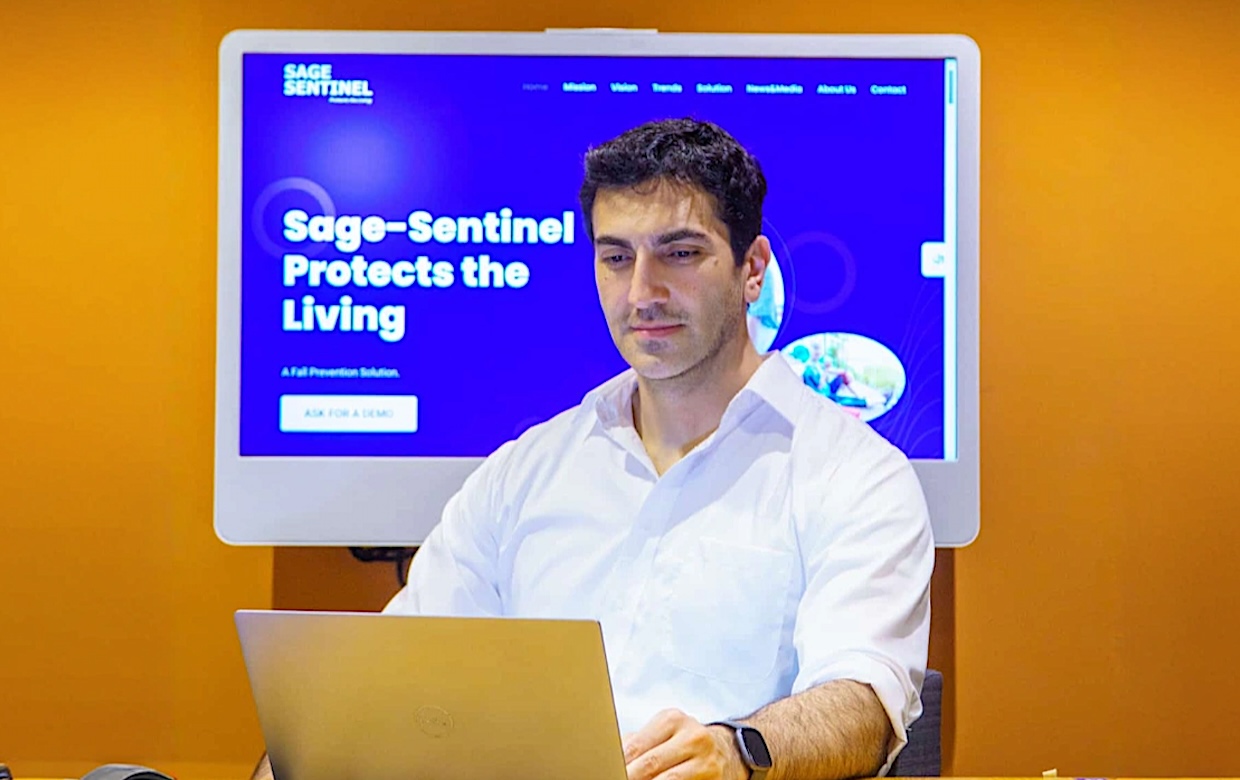
Photo credit: OIST
Sage Sentinel’s funding history reflects the characteristics and challenges of Japan’s startup ecosystem. Beginning with grants from OIST’s acceleration program participation in 2020, the company completed a pre-seed round led by Shizen Capital in December 2024. Shizen Capital serves as a long-term partner, also providing an investment commitment letter for the seed round.
We are already in the process of talking to different investors and conducting due diligence for the seed round. The round aims to fund pilots and clinical studies in other sectors, improve our dashboard and product, and basically get to the product market fit.
We want to do more pilots. And we have to perfect our pipelines in order to get to the best product market fit. This predicates running as many pilots in different sectors as possible, collecting more data, and learning from it. (Misaghian)
Currently ongoing seed round negotiations are proceeding in parallel with multiple lead investor candidates. Other lead investor candidates are already in due diligence processes, with high investor interest. However, investment in Japan’s healthcare sector tends to make investors cautious due to regulatory complexity and market entry difficulties.
Clear strategic priorities are set for fund usage. The first priority is expanding pilot demonstrations across various sectors. Current demonstrations in Okinawa Prefecture need to be expanded to mainland Japan, proving effectiveness across different regions and facility types. This would demonstrate the technology’s versatility and market adaptability.
The second priority is improving dashboard functionality and overall product enhancement. While current systems have basic functionality, more detailed analytical functions, prediction accuracy improvements, and user interface enhancements are needed to meet healthcare professional and family needs.
The third priority is achieving product-market fit. This includes appropriate pricing, establishing sales channels, and building customer support systems. Particularly important is establishing a business model that can serve both B2B customers (hospitals, care facilities) and B2C customers (individuals, families).
One of the biggest challenges the company faces is market confusion caused by the casual use of the term “fall prevention.” Various products exist in the market, but many of these are actually post-fall injury prevention or fall detection, despite using the term “fall prevention.”
This market confusion creates a significant barrier for Sage Sentinel with its innovative technology. When consumers encounter the company’s products, they tend to equate them with existing “fall prevention” products and quickly judge them as “just another detection system.” Despite having completely different technological principles and effects, overturning this preconception is not easy.
To accelerate growth, Misaghian actively seeks strategic partnerships in three areas. The highest priority is investors who can support closing the currently ongoing seed round. Particularly ideal are investors with healthcare sector experience and networks, and deep understanding of Japan’s complex medical and care industry regulatory environment.
Second, partnerships with hospitals and care facilities are sought for expanding mainland pilot demonstrations. Particularly important are scientific collaborators who will publish research results using the company’s data. Since the company naturally has conflicts of interest regarding its own products, independent verification and publication by neutral research institutions and medical professionals is essential for establishing technological credibility.
Third, partnerships with media partners who can accurately convey the technology’s uniqueness and social value are emphasized. Content is needed to help consumers distinguish the company’s products from existing fall detection systems, including specific use cases, dashboard utilization methods, and fundamental differences from existing products.
Made in Japan, Built for the World
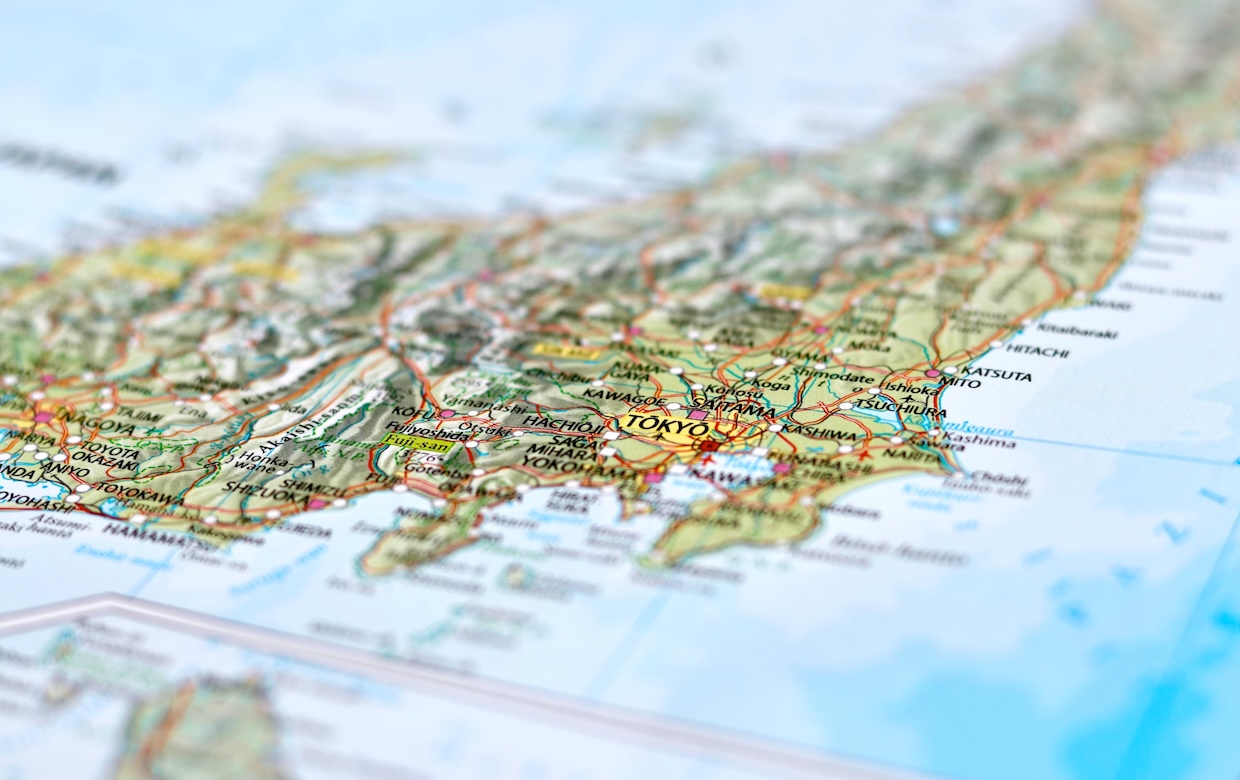
While currently concentrating on the Japanese market, Sage Sentinel has a clear and ambitious vision for long-term global expansion. Misaghian is convinced that success in Japan will be the most reliable key to opening doors to world markets.
We want to instill, we want to implement our product as a Japanese-grade product. If any foreign investment wants to kick in, we want them to look at the Japanese quality of the product because that’s what they rely on.
If anybody can basically be a champion of this product is Japan, because they have an advanced aging problem. The Japanese culture is very open to new technologies and they are not refraining from accepting technologies to solve problems. Japan is the most challenging test market for us, and simultaneously the most valuable track record. (Misaghian)
This strategy’s background lies in the high trust level for Japanese products in the global healthcare market. Globally, trust in Japanese medical devices and healthcare technologies is extremely high, making the “Made in Japan” brand an invaluable asset. This goes beyond mere quality impressions to directly connect with expectations for actual product performance.
Additionally, success in the Japanese market serves as proof of technological completeness. Japan’s medical and care industries are known as having some of the world’s most stringent quality standards and safety requirements. Being accepted in the market after multi-layered verification including medical device approval processes, long-term care insurance system compatibility, and actual field operation tests provides powerful proof of technological superiority.
The specific roadmap for global expansion plans initial expansion to developed countries facing aging challenges similar to Japan. South Korea, Singapore, Germany, and Italy face rapid aging and serious fall problems, creating high potential demand for the company’s technology.
The next phase considers expansion to Asian countries where aging is progressing, including China, Thailand, and Malaysia. These countries are expected to experience rapid aging over the next 10-20 years, with increasing demand for preventive solutions predicted.
Ultimately, full-scale expansion into major North American and European markets is targeted. While these markets have intense competition with existing fall prevention solutions, the strategy is to differentiate using “Japanese quality” and proven effectiveness as weapons.
Misaghian holds strong beliefs about the impact his company’s technology will have on society as a whole, beyond mere commercial success. The most important value of the company’s technology is supporting elderly people’s independent living. By enabling them to continue active and engaged lives without limiting outings and activities due to fear of falling, it realizes fundamental quality of life improvements beyond simple safety enhancements.
These effects extend beyond the individual level to influence entire social systems. If elderly people can maintain independent living for longer periods, family caregiving burdens are reduced and long-term care insurance system sustainability improves. Additionally, promoting elderly social participation can be expected to contribute to economic activities and intergenerational exchange activation.
Reducing caregiver burden is also an important social impact. Significantly reducing the anxiety about falls that family caregivers constantly face improves caregivers’ own mental health and enables higher quality care provision. This could contribute to solving “caregiving resignation” problems.
Long-term, significant contributions to fall-related medical cost reduction are expected. Treatment costs for fall-related fractures average 1.5-3 million yen ($10,000-20,000 USD) per case, with even higher costs for head injuries. Prevention could potentially reduce these enormous costs. Ministry of Health, Labour and Welfare estimates suggest that effective fall prevention could enable annual medical cost reductions of hundreds of billions of yen (several million USD).
Furthermore, the company’s technology has value as “digital biomarkers.” Continuous monitoring data could potentially detect changes in cognitive function, muscle strength decline, and early signs of neurological diseases. This enables development expectations as a comprehensive health management platform beyond fall prevention.
From a technological perspective, the company’s AI algorithms continue improving accuracy through continuous learning. As more user data accumulates, improvements in personalization accuracy, discovery of new risk patterns, and expansion of prediction timeframes become possible. In the future, predictions hours or days before falls may become technically feasible.
The company’s success holds important meaning for Japan’s deep-tech startup ecosystem development. Success by foreign-born entrepreneurs like Misaghian in Japan can prove that Japan is attractive as an international innovation hub. This becomes an important signal for future entrepreneurs and investors.
The significance as a successful university-originated startup case is also substantial. When technology born from research institutions like OIST is actually socially implemented and achieves commercial success, it can demonstrate academic-industry collaboration models. This could become an important success example in Japan’s science and technology policy.
The company’s challenge will serve as an important example of how technology can improve human dignity and quality of life. As the “last piece” of fall prevention, supporting the safety and independent living of elderly people worldwide, the time when its true value will be tested is approaching.
The day when innovation born from Japan’s super-aged society becomes a new standard for global elderly care may not be far away. Sage Sentinel’s success holds the potential to become a symbol demonstrating the possibilities of technological innovation in aging societies, transcending mere corporate success.
